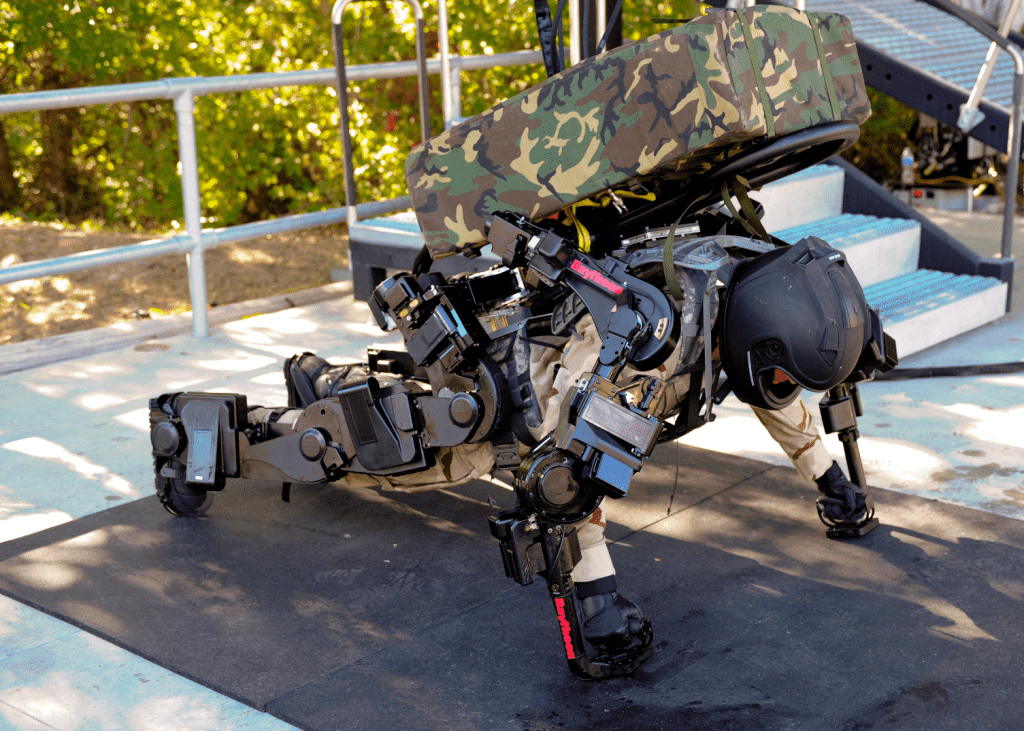DARPA which stands for Defense Advanced Research Projects Agency is a US government body working for the military. DARPA has developed and is still developing products that can revolutionize the tech world, so we decided to discuss some of the current projects that DARPA is running.
10. MEMEX
Memex is a search engine intended for use in the deep web. What is deep web you ask? Well, it is the internet websites not indexed by any of search engines. It is confusing to think that “Google” actually ends up missing some of the information on the internet, but that is exactly the case. Infact, search engines lose more than what they index. Scientists describe working of search engines as taking a giant net and moving it along the ocean floor, where it is likely to miss some and pick others.
9. Restoring Active Memory(RAM)
This program aimed at how the human mind recalls and learns. The program focuses its research on how the learning process in humans can be enhanced. DARPA’s own website describes this program the following way “The end goal of RAM is to develop and test a wireless, fully implantable neural-interface medical device for human clinical use, but a number of significant advances will be targeted on the way to achieving that goal. To start, DARPA will support the development of multi-scale computational models with high spatial and temporal resolution that describe how neurons code declarative memories—those well-defined parcels of knowledge that can be consciously recalled and described in words, such as events, times, and places.”
8. Narrative Networks
As per DARPA”DARPA launched the Narrative Networks program to understand how narratives influence human cognition and behavior, and apply those findings in international security contexts.” This DARPA project was affected by how easily terrorist groups were influencing people over the internet, so to stop and understand this pattern, the narrative networks was formed.
7. ENERGETICALLY AUTONOMOUS TACTICAL ROBOT
The purpose of this project was to make a robot that would converse long distances without requiring a need to refuel or recharge. The system obtains its energy by foraging – engaging in biologically-inspired, organism-like, energy-harvesting behavior that is the equivalent of eating.
6. Technologies for Host Resilience(THoR) and Pathogen Predators
THoR is the DARPA research group that focuses on developing & studying of immunity in organisms to various pathogens. The Pathogen predators on the other hand revolve around the idea that bacteria can be used to kill other pathogens.The idea is to use living predatory bacteria to treat bacterial infections caused by biological weapons and antibiotic-resistant pathogens.
5. Modern Vacuum Tubes
Vacuum tubes were used in primitive electronic devices until they were replaced by semiconductors on small chips. Vacuum tubes have an advantage over solid-state electronics in being able to operate in temperatures and conditions that would wipe out a semiconductor. Another advantage of vacuum tubes is that they can operate at higher frequencies and shorter wavelengths. The end goal of the program is to create new ways in producing vacuum tubes in much cheaper form.
4. Jazz Robots
This group was formed with the aim to produce unique legitimate music studying various compositions. Jazz was chosen because it has a high degree of improvisation. It is anticipated that these algorithms will help machines to react quickly in dynamic & complex battlefield environments.
3. XS-1
This spacecraft was made so that it can be used over and over with minimal cost. DARPA says the program hopes to “demonstrate the technology that can fabricate and fly a reusable aircraft to the edge of space.” DARPA suggests that this space plan can eventually reach orbit ten times in 10 days.
2. Beyond GPS
The scope of this project was best described in a paper “The need to be able to operate effectively in areas where GPS is inaccessible, unreliable or potentially denied by adversaries has created a demand for alternative precision timing and navigation capabilities. To address this need, DARPA is investing in radically new technologies that have the potential to deliver GPS-quality position, navigation and timing information for military systems, including novel inertial measurement devices that use cold-atom interferometry; chip-scale self-calibrating gyroscopes, accelerometers and clocks; and pulsed-laser-enabled atomic clocks and microwave sources.”
1. Gremlins And Subdrones
DARPA aims to take it up a notch in terms of drones. It wants to build cheaper and lightweight drones that can be launched from a larger mother ship. These smaller drones theoretically could jam communications, discombobulate enemy pilots, and since they would be small and numerous, they can not be targeted by conventional guns. According to DARPA program manager Dan Patt: “We wouldn’t be discarding the entire airframe, engine, avionics and payload with every mission, as is done with missiles, but we also wouldn’t have to carry the maintainability and operational cost burdens of today’s reusable systems, which are meant to stay in service for decades.”

